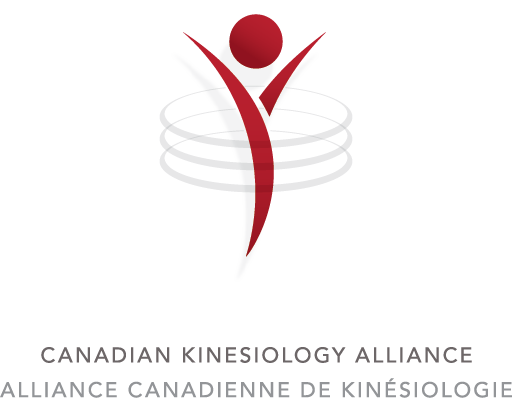How and where can I work in Canada?
To practise kinesiology in Canada, you must be affiliated and have the appropriate insurance coverage. The CKA recommends that you become a member of the provincial kinesiology association in the province in which you wish to practise. Choose a province and contact its PKA.
Your eligibility and competencies will be verified during the registration process. Some provinces may require that you pass an entry test in addition to continued education requirements and membership fees.
If you plan to work in Ontario, please consult the Ontario Kinesiology Association (www.oka.on.ca) for more information. In Ontario, since Kinesiologists are legislated, you must also be a member of the College of Kinesiologists of Ontario (www.coko.ca) and comply with their requirements.
All Kinesiologists must be affiliated with the Canadian Kinesiology Alliance. See the section Become an Affiliated Kinesiologist.
KINESIOLOGISTS
As university-educated health professionals, Kinesiologists apply exercise and movement science to promote health and well-being; prevent, manage, and rehabilitate injuries; treat illness and chronic disease; restore function; and optimize human performance in the workplace, clinical settings, sport, and fitness. Kinesiologists are the only human movement specialists that use science and research to offer movement as medicine, to any person with a health or fitness goal who wants a hands-on, personalized approach. Kinesiologists work with people of all ages and physical abilities, in many settings, to help them achieve their health and wellness goals. Kinesiologists improve quality of life, often using interventions that include physical activity. See below for a summary diagram.

Kinesiology interventions are varied and target all Canadians, regardless of age or whether or not they are affected by health problems.
Kinesiologists complement other health care professionals through their wide range of knowledge and broad scope of practice. Here are some examples of what a Kinesiologist brings to the treatment team:
- Prevention, promotion, treatment, and rehabilitation services in various health facilities including mental health clinics and private clinics
- Neuromusculoskeletal and functional evaluations
- Ergonomics in workplace and occupational health cases
- High-performance coaching and fitness training
- Public health promotion
- Clinical management and coordination
- Case management for insurance companies
- Personal training and physical condition coaching
- Researching
- Lecturing, instructing and teaching
- All other actions targeting the promotion of physical activity and the adoption of a healthy and physically active lifestyle
Kinesiology is an evolving profession. Kinesiologists adapt to the changing demands of their clients’ needs.

.png) FIND A KIN
FIND A KIN


